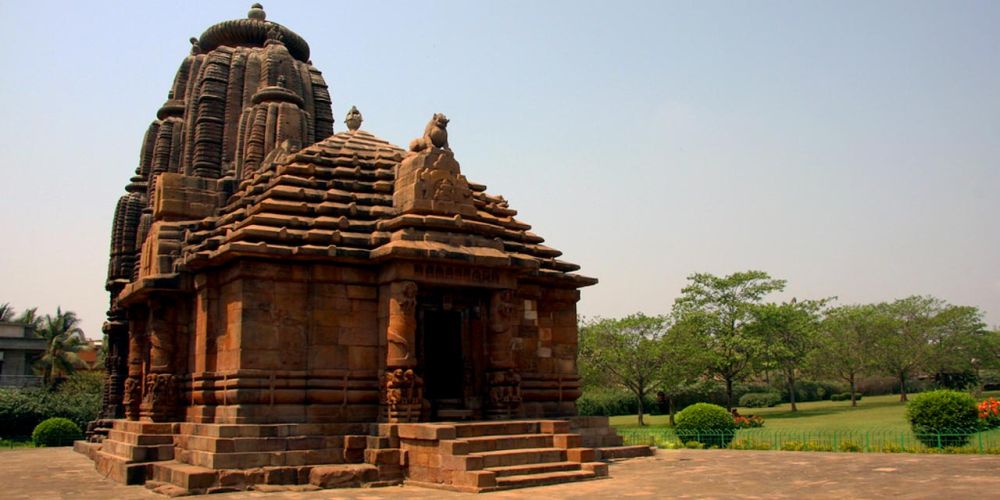

The Rajarani Temple is an architectural marvel in the heart of Bhubaneshwar, Odisha, India. Constructed in the 11th century, the temple stands out for its intricate carvings and unique design. Unlike other temples in the region, Rajarani Temple is not dedicated to any particular deity, which has added an aura of mystery to its history.
The history of tourism at the Rajarani Temple is tied intimately to Odisha's broader history of cultural heritage tourism. With its roots reaching back to the early 20th century, when archaeological explorations and restorations began drawing attention to the regions' ancient monuments, the temple started to gain recognition. After India's independence in 1947, there was a concerted effort by the government to promote Odisha’s archaeological sites, which led to the inclusion of the Rajarani Temple in heritage tourism circuits.
In the late 20th century, the Archaeological Survey of India (ASI) took over the preservation and management of the temple, ensuring its upkeep for visitors. The temple became a significant attraction for those looking to explore the "Temple City of India," i.e., Bhubaneswar.
In recent years, tourism trends at the Rajarani Temple have evolved with advances in digital technology and a growing global interest in experiential and educational travel. Current trends include:
The temple's annual Rajarani Music Festival, which showcases classical Indian music, also draws visitors from around the world, further cementing the temple's status as a focal point for cultural tourism in Odisha.
With its blend of ancient architecture, historical significance, and a tranquil garden setting, the Rajarani Temple continues to stand as a testament to Odisha’s rich heritage and remains a beacon for tourists seeking to experience the spiritual and historical fabric of India.